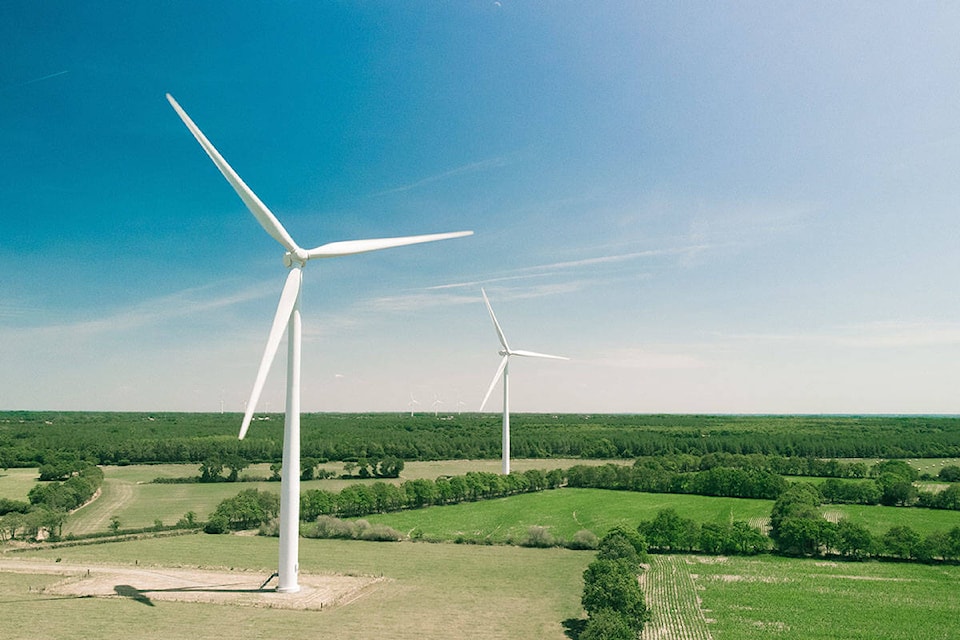Submitted by Robert Macrae
Gestalt describes something greater as a whole than the sum of its parts. It’s the logic of a wolf pack or colony of honeybees. Individuals perish alone, but prosper collectively.
COVID-19 is reminding us of humanity’s social gestalt. In good times, we over-estimate our individual strength. Isolation during the pandemic has tested our mettle. Ballooning mental health illnesses show the extent of our over-estimation. On the other hand, if we don’t act collectively and don’t follow public health orders, COVID-19 quickly spreads disease and death.
It’s only when we behave like wolves, for the common good of the pack, that we flatten the curve, expand bubbles, re-establish communities, relieve mental health and achieve social gestalt. Selfish, proud or foolish lone wolves perish, and not always alone.
In the 1950s, German philosopher Martin Heidegger critiqued the environmental damage caused by large hydro electric dams and mining for coal and uranium to generate power. He observed that dams, like coal and uranium, store energy so it is available when needed. He argued, “If you live beside a waterfall, why build a shower?”
What Heidegger meant metaphorically by a waterfall was the sun and wind which he described as “globally continuous, but locally unreliable” energy flows. They flow 24/7 somewhere, but not everywhere around the planet. If the flow of the sun and wind could be harnessed, Heidegger reasoned, there would be no need to build costly hydro electric dams and reservoirs, no need to dig costly coal or uranium mines, no need to concentrate ore, no need to transport concentrate, no need to feed concentrate into boilers or reactors, no need to manage wastes, and no need for the environmental damage of unnecessarily expensive, environmentally damaging energy storage.
Energy gushes continuously from the sun and wind in quantities far, far greater than we consume. Heidegger argued, “If we can learn to harness this ‘globally continuous, but locally unreliable’ flow, the need for large-scale energy storage is, if not eliminated, substantially reduced.”
We’ve achieved Heidegger’s vision. The wind is always blowing somewhere across Canada. Further, the wind blows faster and more steadily with small gains in elevation: from 25 to 50 to 100 metres above ground level.
With brisker winds, modern wind turbines generate power at exponentially greater rates and lower costs than hydro, coal or uranium. Along coastlines, wind is particularly brisk and reliable. Scotland, Ireland, Denmark, Spain, Chile, PEI and Quebec invested in wind power which supplies much of their electricity. In fact, on its sunny summer day in 2016, Scotland generated more electricity from wind than it consumed.
Wind energy progress has billowed with General Electric’s Haliade X, a 13 MW offshore wind turbine with blades 110 metres long attached to a hub 135 metres above the ground. GE has already signed US$13 billion in contracts to provide Haliade X turbines for Vineyard Wind along the US east coast and 276 units to what will be the world’s largest wind farm at Dogger Bank off Britain’s east shore.
Solar technologies glow with similar progress. The solution to unreliable solar and wind energy flow is continental electricity grids supplied by many smaller solar and wind power plants distributed across the system rather than a few large hydro, coal or nuclear power plants.
The obvious advantage is resilience: if a few plants are blacked-out by weather or terrorists, there’s ample reserve. The less obvious advantage is solar and wind power plants suffer less downtime than traditional sources. While the average US coal plant is offline 12.5 per cent of the year for scheduled and unscheduled maintenance, solar systems are down less than 2 per cent of the year.
Wind turbines are comparably reliable. As Heidegger envisioned, we can save money and minimize environmental damage with a continental electricity grid fed by a larger number of smaller, more reliable, less expensive solar and wind power plants with far less need for energy storage.
When we shower in waterfalls of wind and solar power, we avoid the cost of energy storage, we dodge the damage to the planet, we share the juice across continental grids, we act collectively like honeybees, and the energy gestalt is sweet sweet sweet.
Robert M. Macrae is an Environmental Technology Instructor from Castlegar, B.C.
